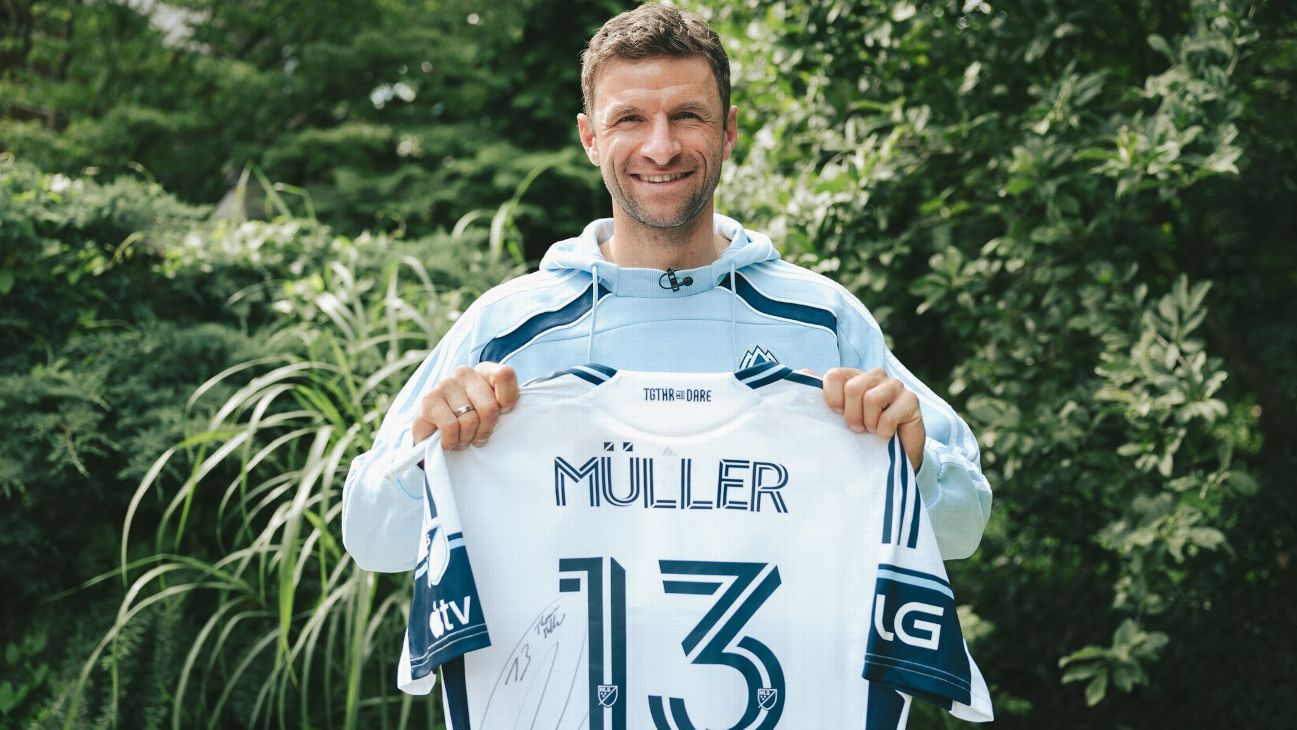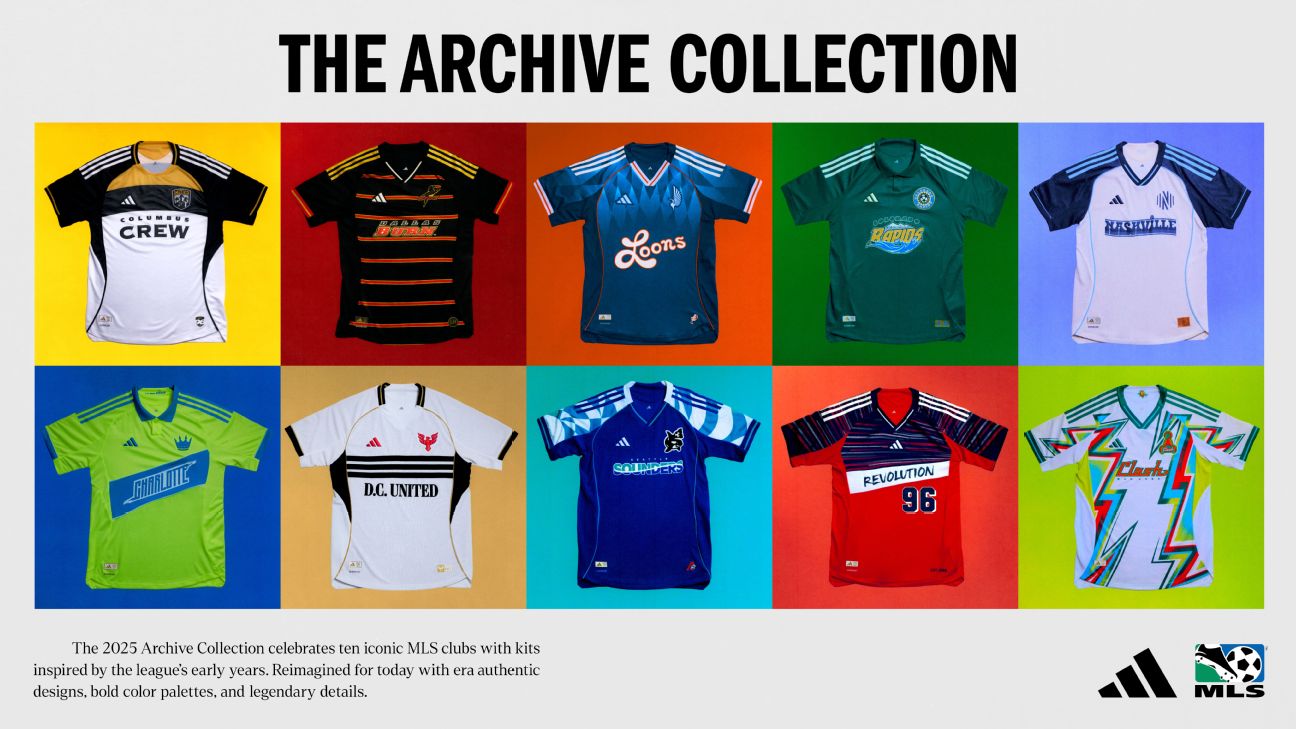The Intricacies of MLS Discovery Rights: How Thomas Müller’s Move to Vancouver Unfolded
Explore the complexities of MLS Discovery Rights through Thomas Müller’s transfer to Vancouver Whitecaps, and how this unique system shapes player acquisitions in the league.

The Discovery Rights Mechanism in MLS
The Major League Soccer (MLS) operates under a unique set of rules that distinguish it from other global soccer leagues. One such rule is the Discovery Rights mechanism, which recently came into the spotlight with Thomas Müller’s transfer to the Vancouver Whitecaps. This system allows MLS clubs to claim priority over non-MLS players they wish to sign, creating a structured yet often controversial pathway for player acquisitions.
How Discovery Rights Work
Under MLS regulations, each team can list up to five non-MLS players on their Discovery List. If a player is listed by multiple clubs, priority is determined by the order of submission or, in cases of simultaneous submissions, by the team with the lowest points-per-game record. This process aims to prevent bidding wars and ensure parity among clubs, particularly benefiting smaller-market teams.
In Müller’s case, the Vancouver Whitecaps secured his Discovery Rights by paying $400,000 to FC Cincinnati, who had initially claimed him. This transaction highlights the financial and strategic maneuvering involved in navigating the Discovery List.
The Pros and Cons of Discovery Rights
Pros:
- Cost Control: The Discovery List helps smaller-market teams compete for high-profile players without engaging in costly bidding wars.
- Parity: It ensures a level playing field, preventing wealthier clubs from dominating the transfer market.
- Strategic Planning: Clubs that invest in scouting and roster planning can leverage the Discovery List to their advantage.
Cons:
- Complexity: The process can be confusing for players, agents, and even fans, especially those unfamiliar with MLS’s unique structure.
- Restrictive: It limits player negotiations to the club holding Discovery Rights, potentially discouraging players from joining MLS.
- Bureaucratic: The additional steps and regulations can delay transfers and create friction between clubs.
Industry Perspectives
Christina LaBrie, MLS’s Senior Vice President of Player Relations, defends the system, stating that it brings order to player acquisitions and reduces transaction costs. However, some executives and agents view it as a “necessary evil” that, while beneficial in some cases, can also be a hindrance.
Patrick McCabe, an agent with extensive experience in MLS transfers, acknowledges the system’s utility but suggests improvements, such as limiting the duration of Discovery Rights and making the process more transparent.
Should the Discovery List Be Reformed?
As MLS continues to evolve, there is growing debate over whether the Discovery List should be simplified or abolished. While it serves a purpose in maintaining league parity, its complexity and restrictive nature may deter top talent. Reforms could include resetting the Discovery List at the end of each transfer window or requiring clubs to disclose their Discovery Rights claims to players and agents.
Conclusion
Thomas Müller’s move to Vancouver underscores the intricacies of MLS’s Discovery Rights system. While it provides a structured approach to player acquisitions, it also highlights the need for potential reforms to streamline the process and enhance the league’s appeal to global talent. As MLS grows, finding a balance between regulation and flexibility will be key to its continued success.





























